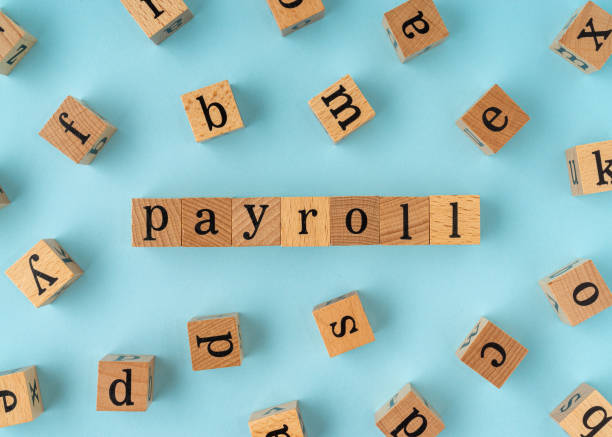Markets
The ECB left its policy rates and the APP run-down unchanged. In the quarterly forecasts, ECB staff downwardly revised 2024 growth and inflation. Growth this year is expected at 0.6% (vs 0.8% in December), but improvement is still expected in 2025 (1.5%) and 2026 (1.6%). Headline inflation is seen easing further (2.3% from 2.7% in 2024, 2% from 2.1% in 2025, 1.9% unchanged in 2026), with the 2024 decline mainly due to lower energy prices. Core inflation is expected to return to the 2% target at the end of the policy horizon (2.6% in 2024, 2.1% next year and 2% in 2026). Immediately after the release, EMU yields briefly dropped up to 8 bps. The euro fell from the 1.09 area to 1.087. However, those dips were easily reversed during the press conference as Lagarde repeated that the MPC needs more evidence on the disinflation process, especially on wages. Most of this information will only be available in June, making it the key reference in the ECB’s decision-making process. EMU yields reversed most of the decline. German yields ceded between 2.2 bps (2-y) and 1.2 bp (30-y). US Treasuries even outperformed Bunds. The text of Fed Chair’s Powell hearing before the Senate was unchanged from Wednesday before the House, but in the Q&A he indicated that the Fed is ‘not far from the confidence’ needed to start rate cuts. The comment is a bit strange (slip of the tongue?) as Fed governors recently almost unanimously held to the line that the MPC will take its time to assess whether inflation is sustainably returning to 2%. The US 2-y yield eased 5.2 bps while the 30-y yield gained marginally (+0.25 bps). The decline in US yields triggered renewed USD selling (EUR/USD close 1.0948, USD/JPY 148.05). US equities thrived (S&P +1.03%, new record close).
US Payrolls take center stage today. Job growth is expected to ease to 200k (from an astonishing 353k in January). The unemployment rate is expected unchanged at 3.7%, but wage growth (AHE) is seen moderating (0.2% M/M and 4.3% Y/Y). Evidence from the ISM’s suggests downside risks for the job growth figure. On the other hand, the bar for AHE (0.2% M/M) is not high. Considering the market reaction to the ISM’s and yesterday’s ‘no far from confidence’ headline from Powell, the market might still be more sensitive to a downside surprise rather than to a modestly stronger or in-line report. US MM markets might ponder whether there is still a chance for a May cut (which we don’t see as a real option). In this scenario, the dollar might face further headwinds. EUR/USD 1.0969 is 61% retracement on the end December/mid-February correction, with even the December top (1.1139) on the radar.
News & Views
Egypt’s shock therapy already yielded some results. The central bank on Wednesday jacked up rates by 600 bps while authorities allowed a more than 35% devaluation of the currency as it tries to both combat inflation and stem a huge FX crisis. Mere hours later, the IMF unlocked a long-awaited loan that has also been increased in size from $3bn to $8bn. Combined with the large $35bn investment deal struck with the UAE, it prompted rating agency Moody’s to lift Egypt’s outlook to positive from negative. This creates possibilities for the current Caa1-rating (obligations judged to be of poor standing and subject to very high credit risk) to be raised as well in the future. It “reflects significant official and bilateral support announced and marked policy steps taken in the past week that will, if maintained, support macroeconomic rebalancing,” Moody’s explained, adding that the UAE investment is expected to cover Egypt’s external financing gap until June 2026. Egyptian dollar bonds extended a recent sharp rally while the country’s pound on the first day after the devaluation strengthened marginally from USD/EGP 50.09 to 49.38.
Czech central bank board member Prochazka said they won’t rush with monetary easing so that they don’t “scare investors”. Prochazka is explicitly referring to the weak Czech koruna. The currency has been top of mind at the central bank since the depreciation trend kicked in in April last year. The fall accelerated after the CNB raised the easing pace to 50 bps in February. Prochazka said rate cuts have been and will remain gradual, suggesting no change at that tempo for the time being. The policy rate currently stands at 6.25%. This compares to a neutral rate which the central bank, according to Prochazka, sees at about 3.5-4%. With this in mind, Czech money markets expect monetary policy to shift from restrictive to supportive around Q4 of this year. EUR/CZK meanwhile found a short-term equilibrium around recent highs of 25.36.









